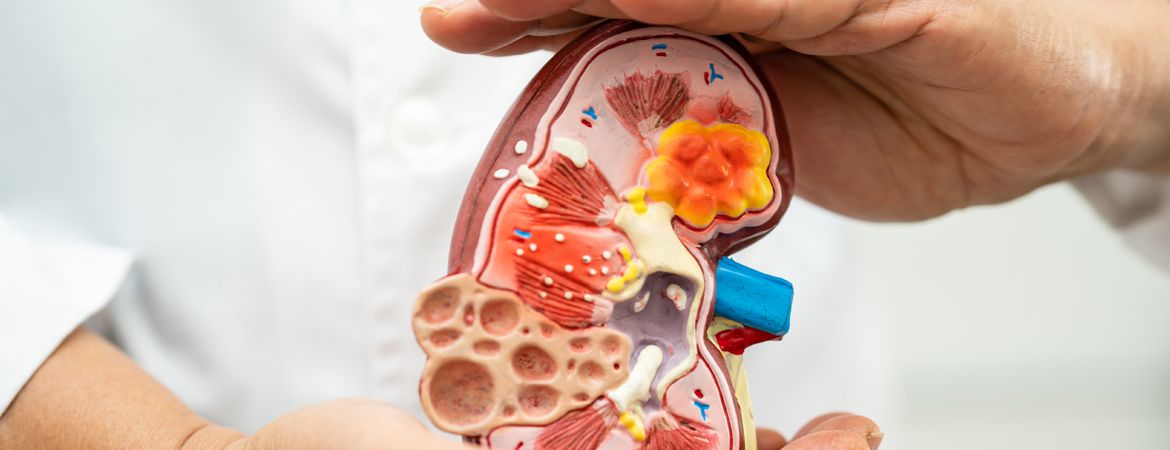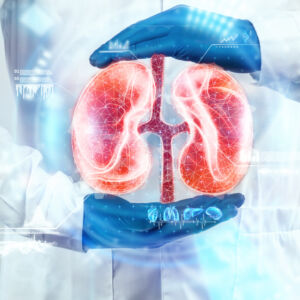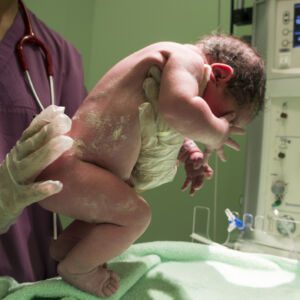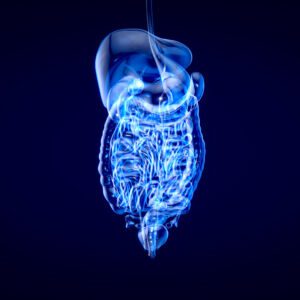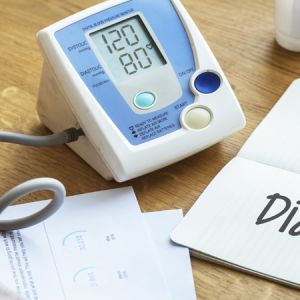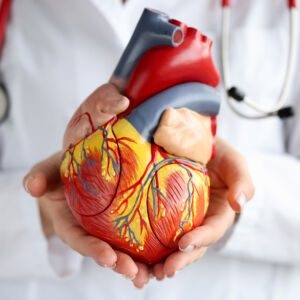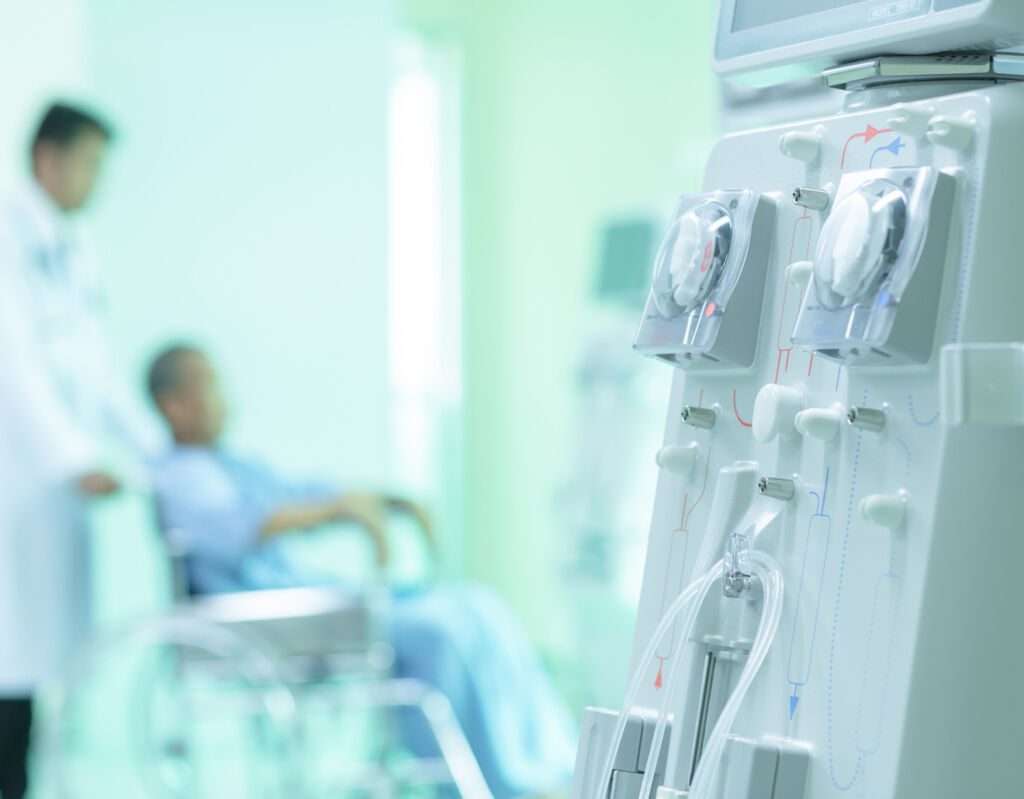
DIALYSIS
Dialysis (provided by our Nephrology and Dialysis department) is a medical procedure used to remove waste products, excess fluid and extra nutrients from the blood when the kidneys are unable to do so.
Dialysis is used when the kidneys are severely damaged or have stopped working altogether (end-stage renal disease).
There are two types of dialysis: haemodialysis and peritoneal dialysis.
Haemodialysis uses a machine that filters blood outside your body and returns the cleaned one to you in the form of a dialysed solution. The machine is called a dialyser and consists of two parts: a filter that removes waste products and a tube that carries the blood through the filter before returning it to your body. The process takes about 4 hours per session, 3 times a week on average.
Peritoneal dialysis removes waste products from your body using an ultrafiltration membrane inside an abdominal bag called a peritoneal dialysis catheter (PDC). Waste is removed by applying positive pressure to the abdomen, causing it to pass through the PDC membrane into the abdomen, where it is then flushed down the toilet after each treatment.
Our nephrology and dialysis specialists know how to manage this type of condition and provide the best possible care.
WHAT IS AN ARTERIOVENOUS FISTULA?
Arteriovenous fistulas (AVFs) are the most common vascular access for haemodialysis. They are surgically created by connecting an artery and a vein to allow blood to flow in and out of a diseased kidney.
The AVF is created between the radial artery and the cephalic vein, which are lateral branches of the brachial and axillary arteries, respectively. The radial artery is usually chosen because its pulse is less prominent than that of the brachial artery.
An AVF is usually created by joining two separate vessels in an end-to-end anastomosis, where one vessel is sutured to another to create a continuous vein or artery. This type of procedure is called an anastomosis. The surgeon must make sure that there are no leaks or blood clots in the new AVF during this process.
WHAT IS A HAEMODIALYSIS CATHETER?
A haemodialysis catheter is a long, flexible tube that is inserted into the body to remove waste products from the blood. The catheter has two openings that allow blood to flow out of the body and into a dialysis machine. This process removes excess waste from the blood. It also takes place outside the body, so no surgery is required.
Haemodialysis can be used to treat a wide range of conditions, including chronic kidney failure, heart failure and high blood pressure. It can also be used as an emergency treatment for people who have had a stroke or heart attack.
People undergoing haemodialysis usually have one or more dialysis sessions a week at a clinic or hospital where they live. Before each session, a doctor inserts a catheter into an artery in the arm or leg to make it easier to access the blood vessels during treatment.
We present to you some articles relating to pathologies treated in our Mediterranean clinic, with an effective and efficient medical and paramedical team.
You ask, our teams answer.
F.A.Q
Dialysis is needed in cases of end-stage renal disease (ESRD), a condition where the kidneys have lost more than 85 to 90% of their function. This can be due to various chronic kidney diseases, diabetes, high blood pressure, or other health problems. Dialysis is a life-saving treatment that helps remove excess waste, salt, and fluid from the body when the kidneys are no longer able to do so.
We understand the challenges of living with ESRD and offer comprehensive dialysis services to help our patients manage their condition. Our team of experienced nephrologists and trained nurses works closely with each patient to develop a personalized treatment plan based on their specific needs.
During dialysis, blood is filtered through an artificial kidney machine called a dialyzer. This process mimics the role of healthy kidneys by removing waste products and extra fluids from the body. There are two types of dialysis: hemodialysis and peritoneal dialysis.
Peritoneal dialysis can be done at home. There are two main methods:
- Continuous ambulatory peritoneal dialysis (CAPD): The patient manually performs several exchanges of dialysis fluid throughout the day.
- Automated peritoneal dialysis (APD): A machine performs the fluid exchanges overnight while the patient sleeps.
Hemodialysis is a treatment method used for individuals with kidney failure to remove waste and excess fluids from their blood. It works by using a special machine called a dialysis machine that acts as an artificial kidney, filtering the blood and returning it back to the body. While hemodialysis can be life-saving for those with end-stage kidney disease, it also has its own set of advantages and disadvantages.
Advantages:
1. Removes toxins and excess fluids: The main advantage of hemodialysis is that it effectively removes waste products and extra fluid from the body. This helps improve overall health and prevents serious complications.
2. Can be done at home or in a clinic: Hemodialysis can be done either at home or in a clinic, giving patients the flexibility to choose the setting that works best for them. Home hemodialysis also allows for more frequent treatments, which can be beneficial for some patients.
3. Does not require a surgical procedure: Unlike kidney transplant or peritoneal dialysis, hemodialysis does not involve any surgery. This makes it a less invasive option and reduces the risk of complications associated with surgical procedures.
Disadvantages:
1. Requires strict schedule: Hemodialysis is typically done three times a week and each session can last for several hours. This means that patients need to adhere to a strict schedule in order to receive their treatments on time.
2. Can cause side effects: While removing toxins from the body is beneficial, it can also lead to side effects such as low blood pressure, muscle cramps, and nausea. These side effects can be managed with medication and adjusting the treatment plan, but they can still be uncomfortable for patients.
3. Limitations on diet and fluid intake: Patients undergoing hemodialysis may need to limit their intake of certain foods and fluids in order to manage their condition effectively. This can be challenging for some patients who may have to make significant changes to their diet and lifestyle.
4. Requires access to a dialysis center: Unlike peritoneal dialysis which can be done at home, hemodialysis requires patients to travel to a dialysis center for their treatments. This can be difficult for those who live in rural areas or do not have access to reliable transportation.
Life expectancy on dialysis varies considerably depending on the patient’s overall health, the cause of kidney failure, and adherence to treatment. With medical advances, many people live for several years, even decades, on dialysis.


